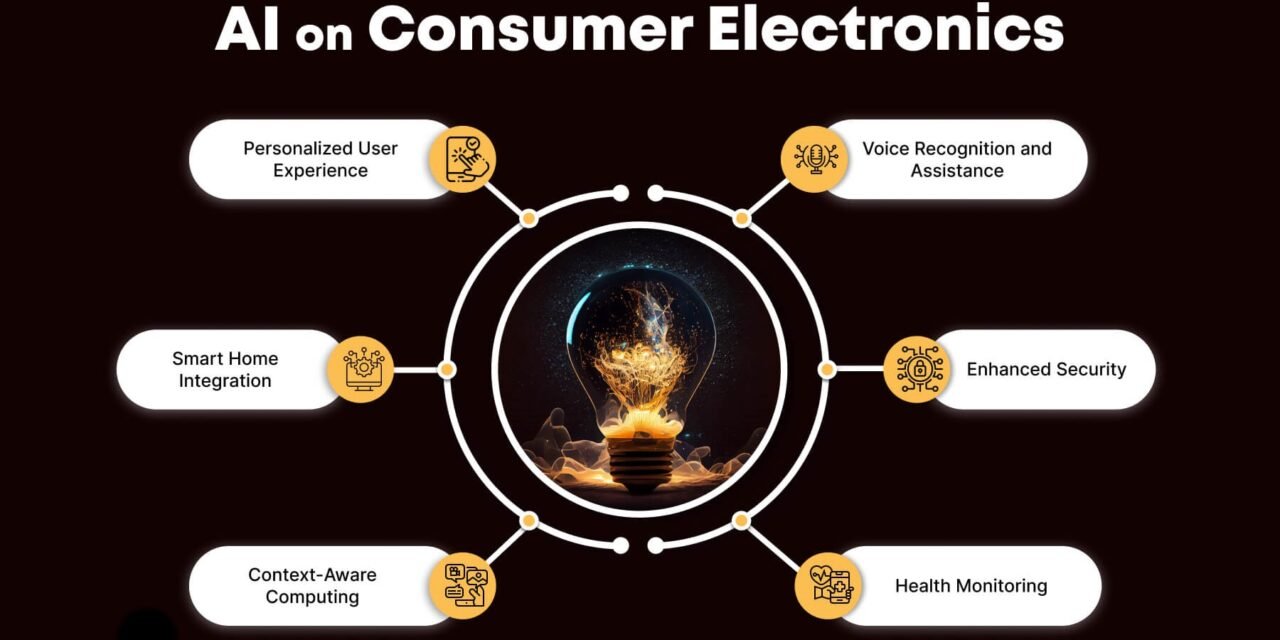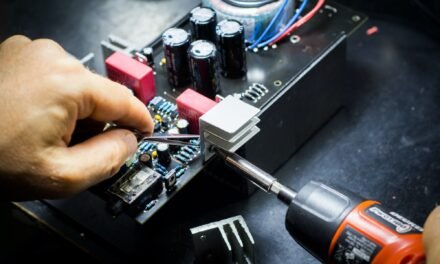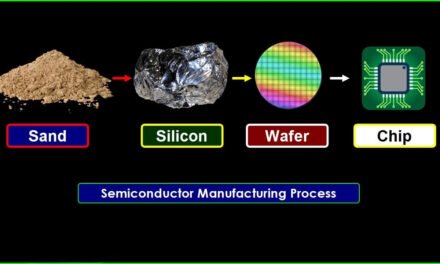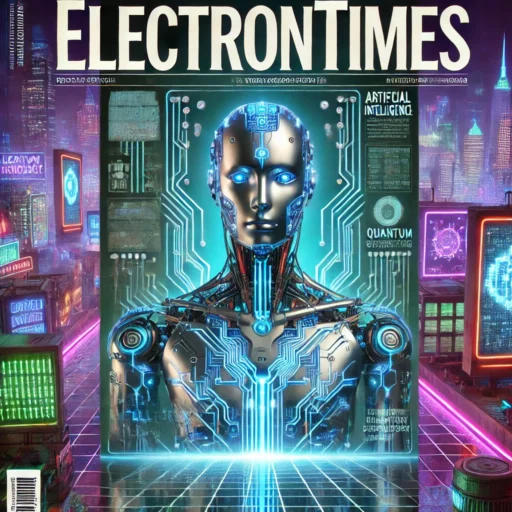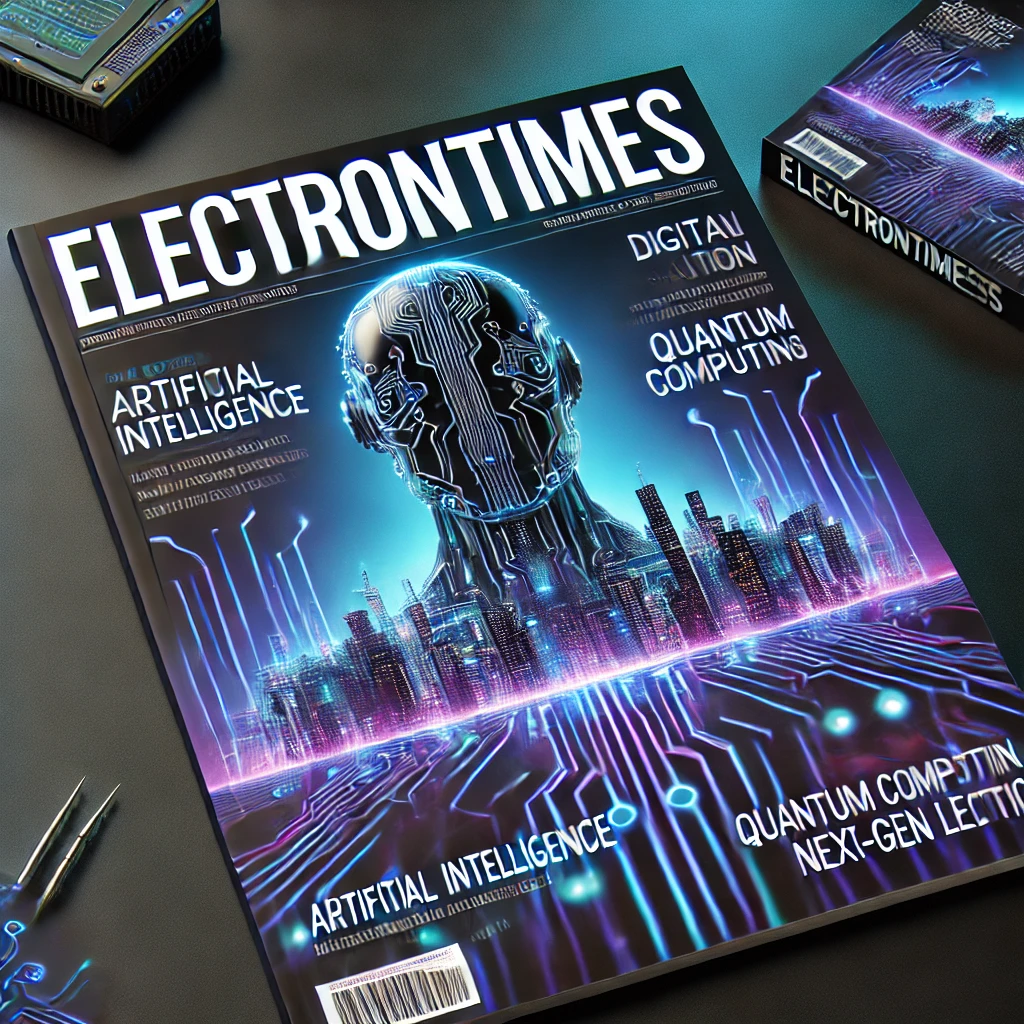Artificial Intelligence (AI) has had a profound impact on the consumer electronics industry, transforming products, services, and user experiences. AI technologies are not only enhancing the functionality of electronic devices but also driving innovation in ways that were previously unimaginable. Here’s a look at the key ways AI is influencing the consumer electronics market:
1. Enhanced User Experience
- Personalized Interactions: AI allows for personalized experiences tailored to individual user preferences and behaviors. For instance, AI-powered virtual assistants like Siri, Alexa, and Google Assistant can learn from user interactions and become smarter over time, improving the accuracy of voice commands and recommendations.
- Natural Language Processing (NLP): AI’s use of NLP enables devices to understand and respond to human language in a more natural way, allowing consumers to interact with their electronics using voice commands and conversational interfaces. This improves accessibility and convenience, especially for those with disabilities or those seeking hands-free control.
2. Smart Home Integration
- IoT and Smart Devices: AI is a key enabler of the smart home ecosystem, where devices like thermostats, lights, security cameras, and appliances work together to create an intelligent environment. AI-powered devices can adapt to user routines and make autonomous decisions, such as adjusting temperature, lighting, or even locking doors based on user habits.
- Automation and Efficiency: AI systems can automate tasks such as adjusting the thermostat based on room occupancy or controlling home appliances for energy savings. Smart devices can also predict when maintenance is needed, such as when a washing machine or refrigerator needs repairs, based on its usage patterns.
3. Improved Image and Video Quality
- AI in Displays: AI has significantly enhanced television and display technology. Features like AI-driven picture enhancement, upscaling, and motion smoothing improve the visual experience, automatically adjusting settings based on the type of content being displayed (e.g., sports, movies, or video games).
- Camera Improvements: AI plays a vital role in the camera systems of smartphones and other consumer electronics, enhancing image quality. AI algorithms can optimize exposure, focus, and white balance, and even perform real-time adjustments in low-light environments, resulting in clearer, more detailed images.
- AI-based Photography: With smartphones, AI powers features like scene recognition, portrait mode, and enhanced facial detection, automatically adjusting settings to capture the best possible photo. AI also aids in post-processing by improving colors, reducing noise, and enhancing sharpness.
4. Autonomous Devices
- Self-Driving Vehicles: AI is revolutionizing the automotive sector, with consumer electronics being part of the technological ecosystem. AI-based systems in electric vehicles (EVs) and autonomous cars help with navigation, object detection, and decision-making, enabling autonomous driving. These devices are becoming more integrated with the broader consumer electronics landscape, as AI helps optimize performance and user interactions.
- Robotic Devices: Consumer electronics like robot vacuums (e.g., iRobot Roomba) and robotic lawn mowers use AI to learn and map the layout of a home, improving their cleaning and operational efficiency. These devices operate autonomously and can adapt to changes in their environment, like obstacles or room configurations.
5. AI-Powered Wearables
- Health Monitoring: AI is at the heart of wearable devices like smartwatches and fitness trackers, enabling them to monitor user health metrics such as heart rate, blood pressure, sleep patterns, and even stress levels. AI algorithms analyze the data to provide actionable insights, predictions, and personalized recommendations for improving health and fitness.
- Advanced Features: AI enhances the functionality of wearables by enabling features like activity recognition, where the device can automatically detect when the user is walking, running, swimming, or cycling. AI also helps to improve battery life through energy management algorithms that optimize power usage based on usage patterns.
6. Voice and Speech Recognition
- Smart Speakers: Devices like Amazon Echo and Google Nest have AI-powered voice assistants that allow users to control a wide range of smart home devices, play music, set reminders, get news updates, and even shop online—all with voice commands. These devices rely heavily on AI-driven speech recognition and NLP to understand and respond to user requests accurately.
- AI in Consumer Electronics Interfaces: AI enhances user interfaces across consumer electronics by enabling speech-to-text and text-to-speech functionalities. This makes devices more user-friendly, especially in applications for elderly or visually impaired individuals who may rely on voice commands.
7. AI in Customer Support and Service
- Virtual Assistants and Chatbots: AI-powered chatbots and virtual assistants are transforming the customer service experience for consumers. They can handle routine inquiries, product troubleshooting, and order management efficiently, offering 24/7 support and reducing the need for human agents. This enhances customer satisfaction by providing quick and accurate responses.
- Predictive Maintenance: AI is being used to predict when consumer electronics might require maintenance or repairs. Devices with built-in AI sensors can analyze performance data and send notifications to users or service providers when issues are detected, ensuring proactive maintenance and reducing downtime.
8. Personalized Content and Recommendations
- Streaming Services: AI is widely used by streaming platforms like Netflix, Spotify, and YouTube to personalize content recommendations based on viewing habits and preferences. By analyzing consumer behavior, AI suggests movies, shows, or songs that the user is likely to enjoy, improving the overall user experience.
- Smart TVs and Media Players: AI-powered smart TVs can recommend shows and movies based on the user’s previous viewing patterns, helping consumers discover new content easily. This feature not only enhances the entertainment experience but also increases user engagement.
9. Energy Efficiency and Battery Life
- Smart Power Management: AI is used in energy-efficient appliances to monitor and optimize energy consumption. For example, AI can adjust the settings of appliances like air conditioners and washing machines based on usage patterns, reducing energy waste and improving overall efficiency.
- Battery Optimization: AI algorithms are also applied to smartphones, laptops, and other portable electronics to optimize battery life. The AI continuously analyzes how the device is used and intelligently adjusts background processes, screen brightness, and power settings to extend battery performance.
10. Security and Privacy
- Facial Recognition: Many consumer electronics, especially smartphones and laptops, have integrated facial recognition powered by AI. This allows for secure biometric authentication, which adds a layer of privacy protection and convenience for users.
- AI in Security Cameras: AI-enabled surveillance systems are becoming increasingly popular in the consumer market. These systems can distinguish between humans, animals, and other objects, reducing false alarms and improving home security by sending alerts only for relevant events (e.g., detecting intruders).
Conclusion
AI is playing a transformative role in the consumer electronics industry, enhancing functionality, improving user experiences, and driving innovation across various product categories. From smart homes and wearables to personal assistants, image processing, and autonomous devices, AI is shaping the future of how we interact with technology. As AI continues to evolve, it is expected that even more advanced and personalized consumer electronics will emerge, creating opportunities for brands to stay competitive while delivering increasingly smarter and more intuitive products.
Hashtags
#AIInTech #SmartDevices #AIEnabledElectronics #AutomationInTech #AIForElectronics #SmartHomeTech #AIIntegration #ArtificialIntelligenceTech #VoiceAssistants #AIAndVoiceTech #SmartAssistantDevices #AlexaGoogleSiri #VoiceActivatedTech #VirtualAssistantAI #AIVoiceControl #SpeechRecognitionTech #PersonalizedUserExperience #AIUserExperience #PersonalizedTech #SmartTechPersonalization #AIForCustomization #UserDrivenAI #SmartExperience #AIUserInterface #IntelligentUserExperience #SmartHomeIntegration #AIInSmartHomes #SmartHomeAutomation #AIHomeDevices #ConnectedHomeTech #AIHomeAssistant #HomeAutomationAI #SmartLivingTech #IntelligentHomeTech

